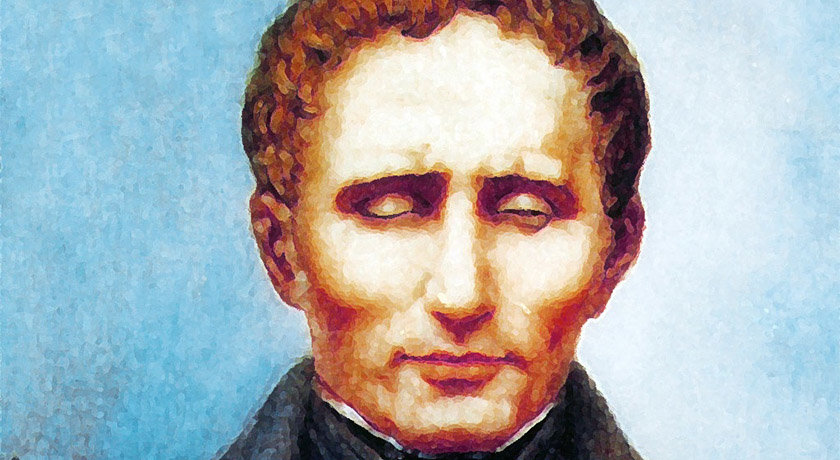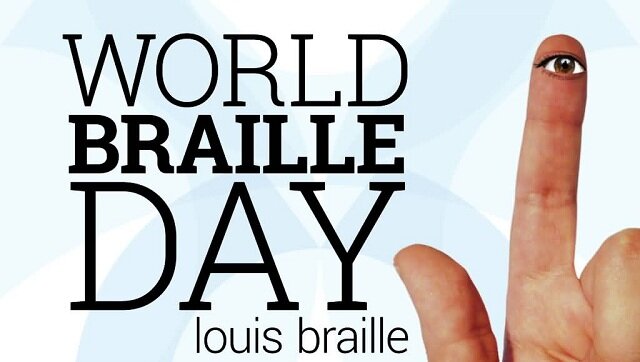Iran (IMNA) - Though not a public holiday in any country, World Braille Day provides an opportunity for teachers, charities and non-government organizations to raise awareness about issues facing the blind and the importance of continuing to produce works in Braille, providing the blind with access to the same reading and learning opportunities as the sighted.

History of World Braille Day
Louis Braille, the inventor of braille, was born in France on January 4th, 1809. Blinded in both eyes in an accident as a child, Braille nevertheless managed to master his disability while still a child. Despite not being able to see at all, he excelled in his education and received scholarship to France’s Royal Institute for Blind Youth.
During his studies, inspired by the military cryptography of Charles Barbier of the French Army, he developed a system of tactile code that could allow the blind to read and write quickly and efficiently. Braille presented the results of his hard work to his peers for the first time in 1824 when he was just fifteen years f age. In 1829, he published his first book about the system he had created, called “Method of Writing Words, Music, and Plain Songs by Means of Dots, for Use by the Blind and Arranged for Them”.
The braille system works by representing the alphabet letters (and numbers) in a series of 6 dots paired up in 3 rows. The simplicity of his idea allowed books to start being produced on a large scale in a format that thousands of blind people can read by running their fingertips over the dots. Thanks to this, blind students have the opportunity to be educated alongside their peers as well as read for pleasure just as easily as any seeing person can.

How to celebrate World Braille Day
As incredible as braille is, and as much as it offers blind and partially sighted people, braille books must stay within the country where they are produced because ofrestrictive international copyright laws. Because braille books cannot be shared across borders, the blind cannot read any books that are not produced within their own country. Unfortunately, at present only 5% of all published materials get produced in accessible formats, which means that under 10% of all blind children in developing countries go to school due to the shortage or lack of teaching materials.
The Marrakesh Treaty is the name of an international agreement finalized in June 2013 that would allow copyright exceptions for published works to be made widely available in accessible formats. The implementation of the Marrakesh Treaty will allow blindness organizations to share their resources with other organizations in developing countries that may not have the resources to produce books for their blind citizens.
Then, schools for the blind in wealthier countries would be able to send books to schools in poorer countries so blind children who cannot afford to buy braille books will still have access to the textbooks needed for them to finish school. For example, Spain’s ONCE (Organización Nacional de Ciegos Españoles, or The Spanish Foundation for the Blind) could make their braille library available to blindness organizations in all of the Spanish-speaking countries in South America, thus saving the costs of reproducing the exact same books for each separate country.
However, these resources can be shared only if this treaty becomes law in all of the countries around the world.
This coming World Braille Day, celebrate Louis Braille’s achievements and help millions of blind and partially sighted people everywhere by writing a letter to your government representatives encouraging them to make this treaty a reality.

Daysoftheyear


Your Comment